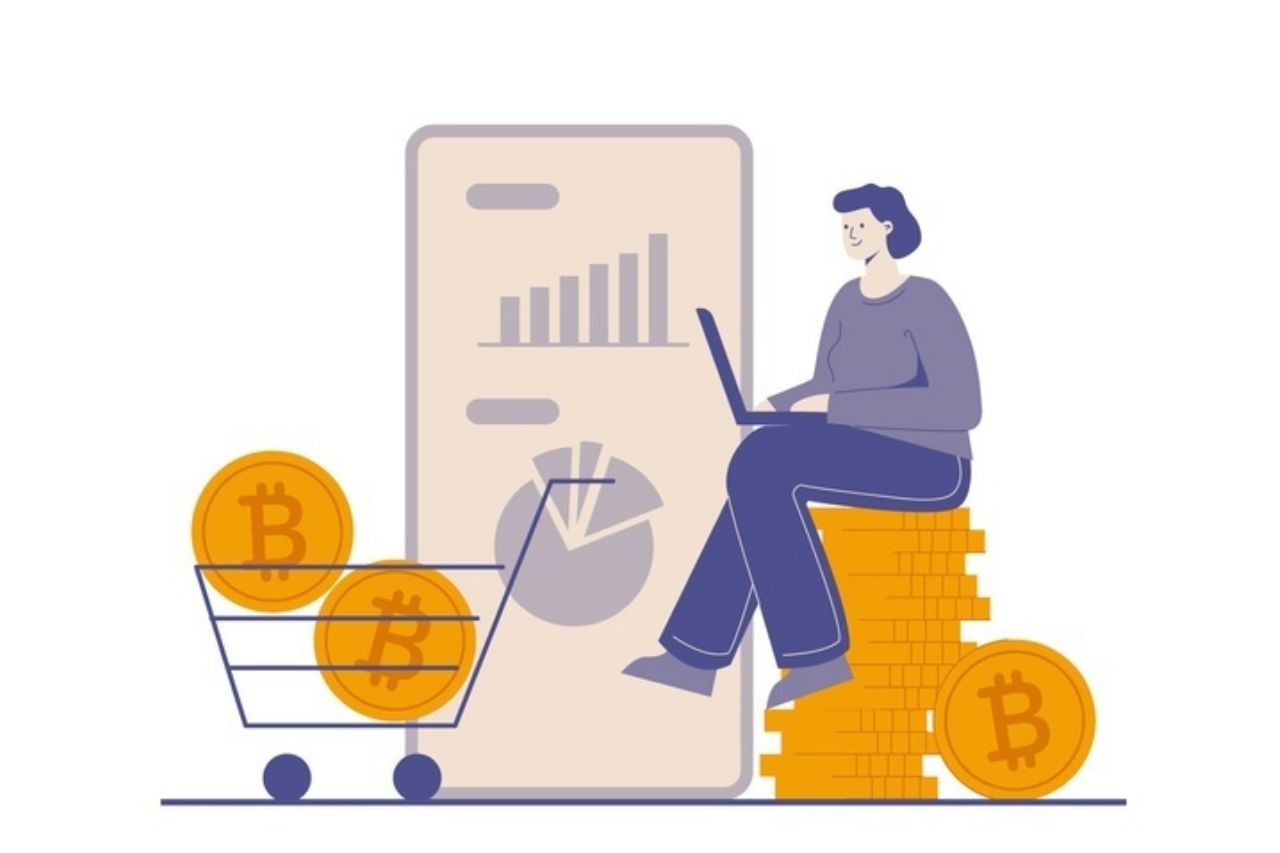Are Stablecoins changing the usual Monetary Landscape?
Bitcoin continues to lead the way in terms of crypto conversation, investment trends, and market capitalization, but the reality is a little more complicated than some commentary might have one belief. Especially with the announcement that PayPal is now allowing customers to transact in bitcoin, it is all too easy to assume that is the only main story in the crypto space.
Cryptocurrencies and cryptocurrency applications continue to emerge and develop rapidly, but to date, the conversation has been dominated by bitcoin. Price volatility (especially upward volatility), of course, does tend to make headlines, draw eyeballs, and lead to increased financial interest as well conversation. That said, more (allegedly) mundane versions of cryptocurrency – stablecoins – look increasingly like the method by which crypto will achieve mainstream adoption and utilization.
Also Read:
Explaining the Benefits and Limitations of Blockchain Technology
For the purposes of this conversation, stablecoins can be summarized as cryptocurrencies that are backed, tethered, or otherwise supported by an underlying asset. Stablecoins can be backed or supported by virtually any asset imaginable, but the U.S. dollar seems to be a popular asset to stabilize cryptocurrencies with. This is all well and good, and the stablecoin subset of the crypto space has grown exponentially since 2018, but what does this mean for the future of the blockchain and crypto-asset space more broadly?
One could say that even as bitcoin continues to make all-time highs, and organizations continue to add bitcoin to corporate balance sheets, that the true driving force for crypto moving forward is going to be stablecoins. Let’s take a look at some of the reasons why stablecoins are setting up to potentially take the reins from bitcoin as the driving force toward wider implementation and adoption of crypto at large.
Lower volatility. This can almost go without saying, but the lower price volatility associated with stablecoins is a major benefit that will continue to attract individual and institutional interest. It is difficult to overstate just how important the price discovery process is for bitcoin, both for current holders and for those attempting to integrate bitcoin and other cryptos into the wider financial system.
Think about this; how many current holders of bitcoin will be willing to actually use bitcoin as a currency, given the recent bull run and the continual making of all-time price highs? Stablecoins, if operating as advertised, address this problem successfully.
Bitcoin, and everything else. A potential impact of stablecoins actually being used as a legitimate currency option is that the crypto marketplace looks increasingly like it will become bitcoin and everything else. Bitcoin continues to lead in terms of price levels, market capitalization, investor awareness, and market commentary, but it is starting to look like the rest of the crypto market is evolving beyond just tracking the price of bitcoin on a daily basis.
Crypto creativity. Something else that can, and potentially has been overlooked is that bitcoin – for all of the creativity that is unleashed overall – has not played as central a role in the building out of some of the more recent applications. Namely, decentralized finance (DeFi), and non-fungible tokens (NFTs) are not as closely connected to bitcoin as they are to stablecoins and other newer cryptocurrencies.
Back to the future. It may be easy to forget, but the original idea of bitcoin was to create a decentralized and distributed payment system; that has not yet happened. What has happened instead, and a testament to the free market process is that an alternative (some would say better) version of crypto has emerged in the form of stablecoins. To function effectively as a currency alternative, crypto must be liquid, possess relatively low price volatility, and be integrated with established financial institutions.
The headlines related to this trend, most notably and recently Visa, seem to indicate that this shift is already happening and is well underway.
Crypto applications and use cases continue to mature, expand, and develop in ways that even just a few years ago would have been impossible to predict. That said, one of the most exciting news stories and headlines connected to blockchain and crypto might be that the initial promise of crypto may finally be coming to fruition. Stablecoins, highlighted by the recent pilot launch by Visa, is looking like the future of crypto implementation, and it is a bright-looking future for sure.
Source: https://blog.unocoin.com/stable-coins-are-they-the-future-of-money-9ba3c4db7172



